Preventing Chronic Implant Disease
Implant dentistry has reached a level of maturity such that tooth replacement with implants is now commonplace. The success achieved often exceeds the long-term success and survival of numerous other restorative treatments, but nothing is perfect. As therapies mature, we face problems. Our goal is to identify and correct the causes of those problems.
Implant manufacturers have certainly been at the forefront of major changes in design, surface treatments, and surgical protocols. Many of these changes were implemented to deal with acute problems in implant success. As the longevity of these procedures has increased, we are now faced with identifying and attempting to correct the causes of chronic implant disease. Peri-implantitis is a term used to describe the chronic breakdown of the structures that support dental implants. Often, this breakdown occurs slowly and may have multiple etiologies. Patient adherence and medical and dental health are factors, but there are also mechanical and technical issues that appear to affect long-term success.
Ditron Dental USA has identified that crestal bone support and the need for increased bone volume at the superior part of the implant increases the support needed to reduce the stress on this very important and delicate tissue. The reverse concave neck and microgrooves of Ditron’s Ultimate implant help achieve this by increasing the amount of bone at the top of the implant. The Bone Platform SwitchingTM also supports the overlying soft tissue, and when the height of bone is maintained the soft tissue interdentally can offer greater papilla anatomy. Component stability and increased tolerances minimize micromovement and microleakage, another factor in implant survival. The MolecuLockTM implant-abutment connection feature and precision adaptation of the Ditron implant components are designed to address these issues.

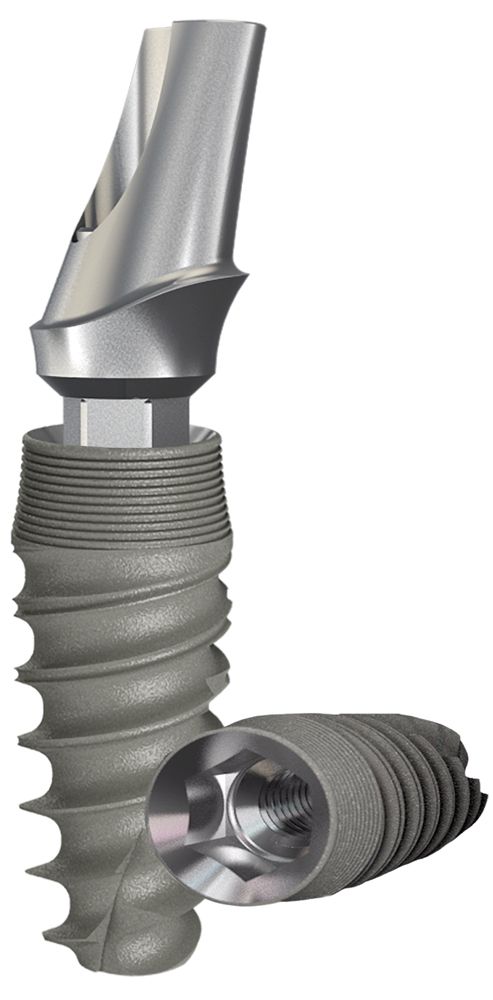



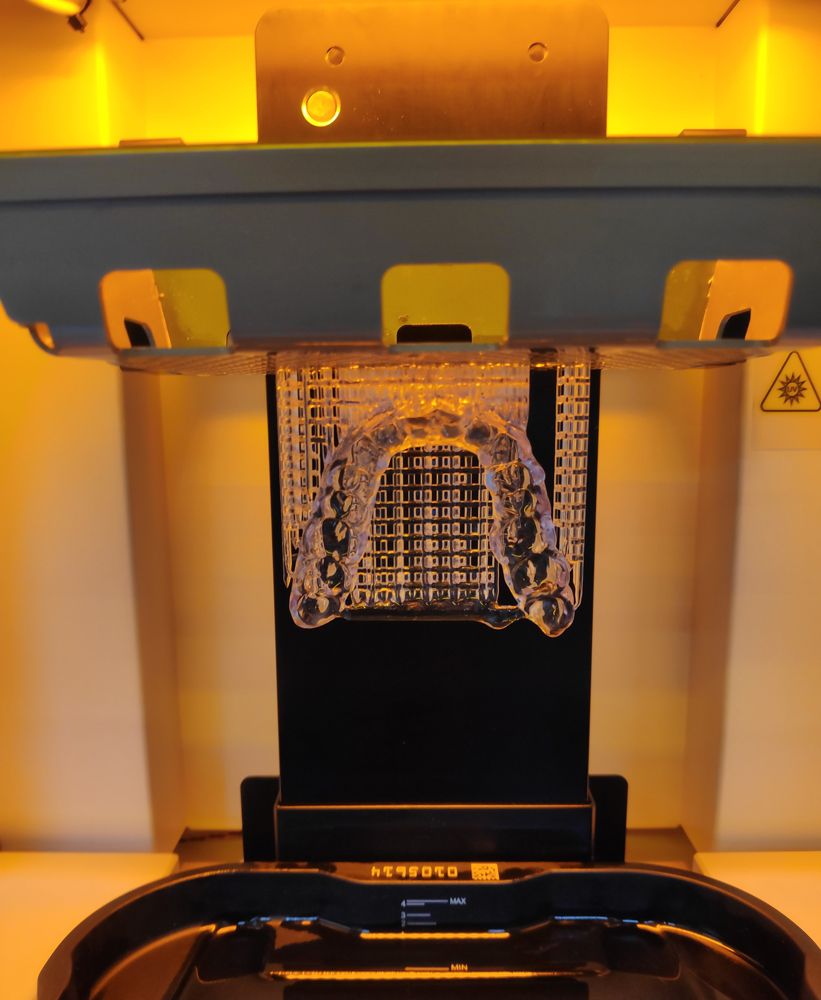
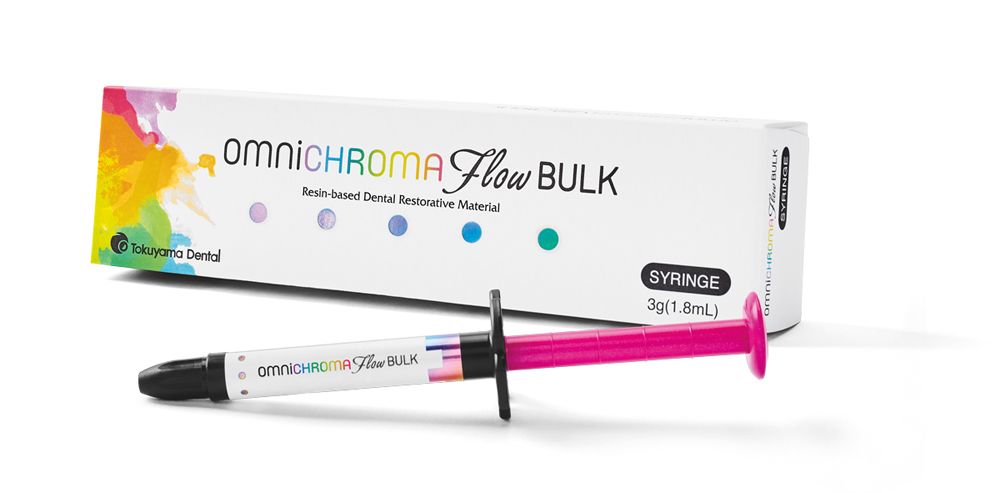


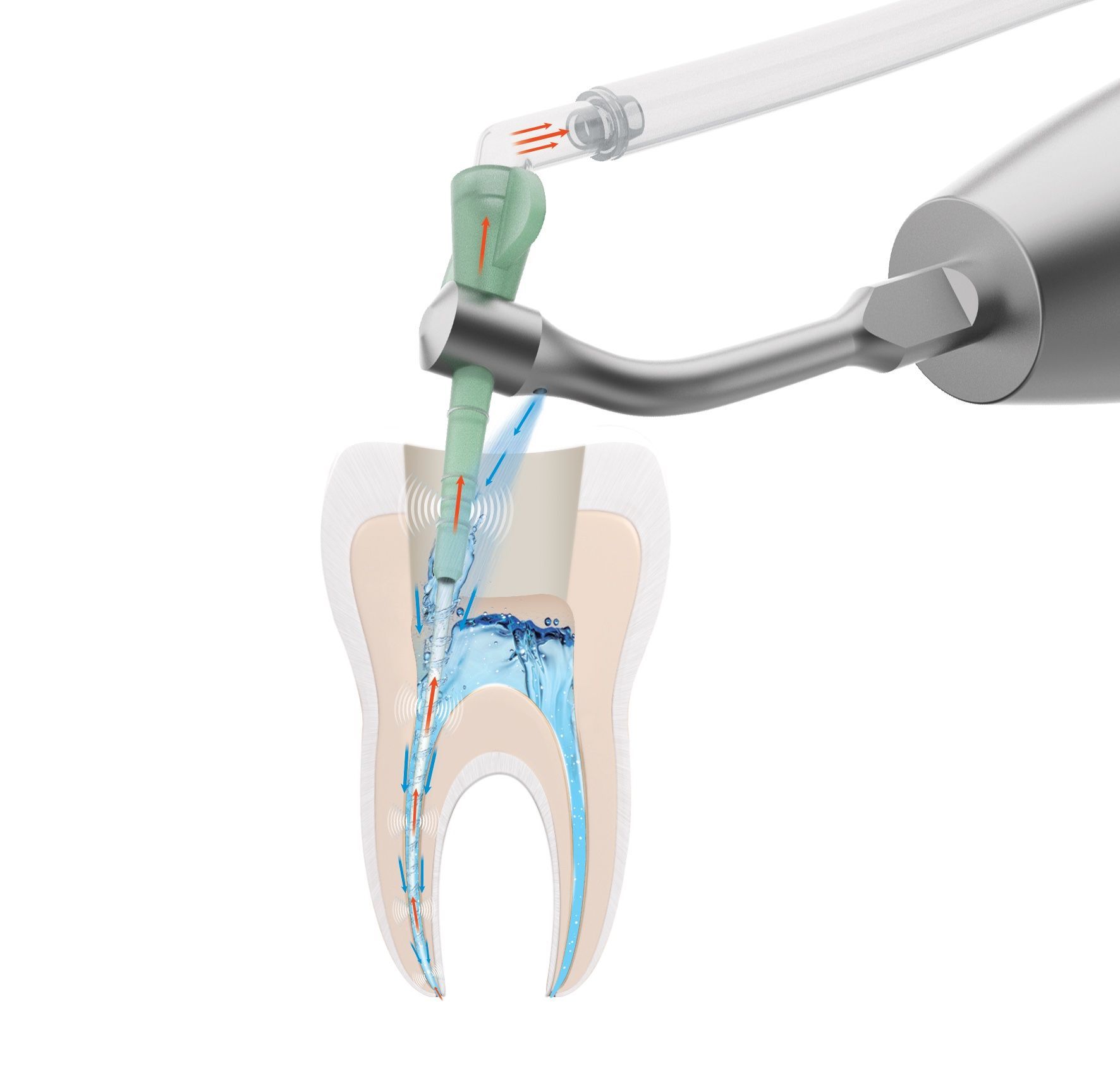

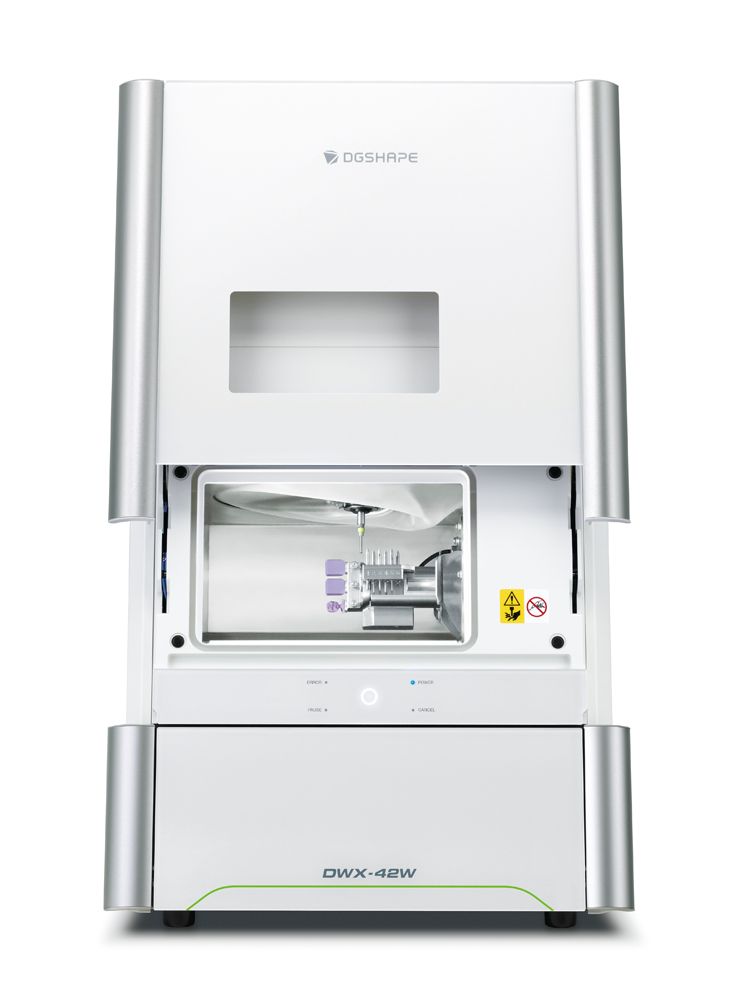
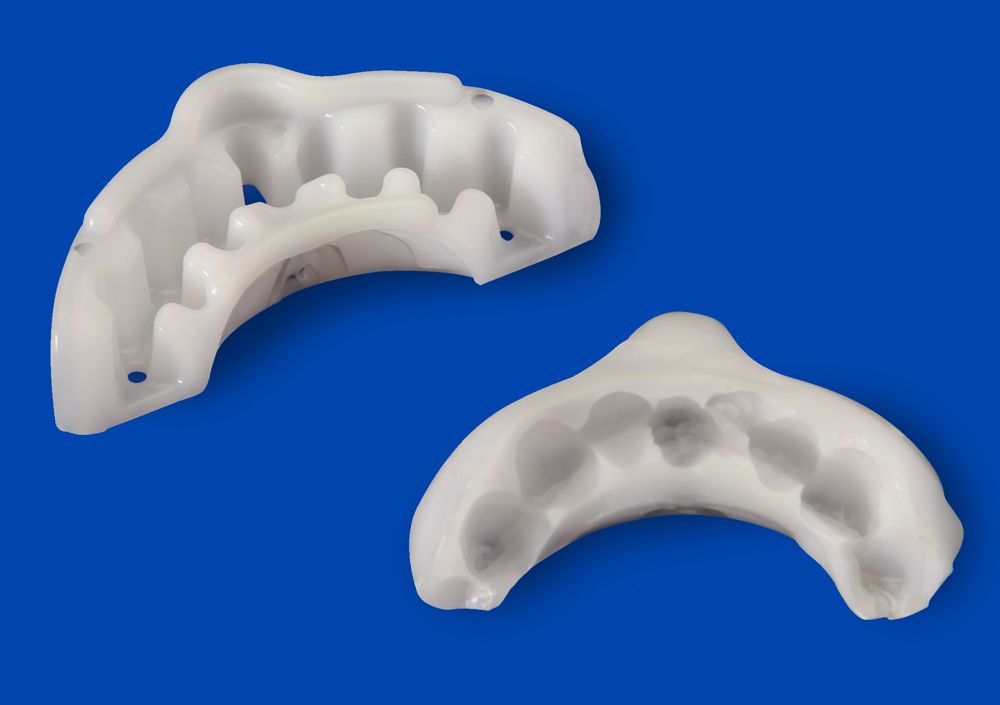
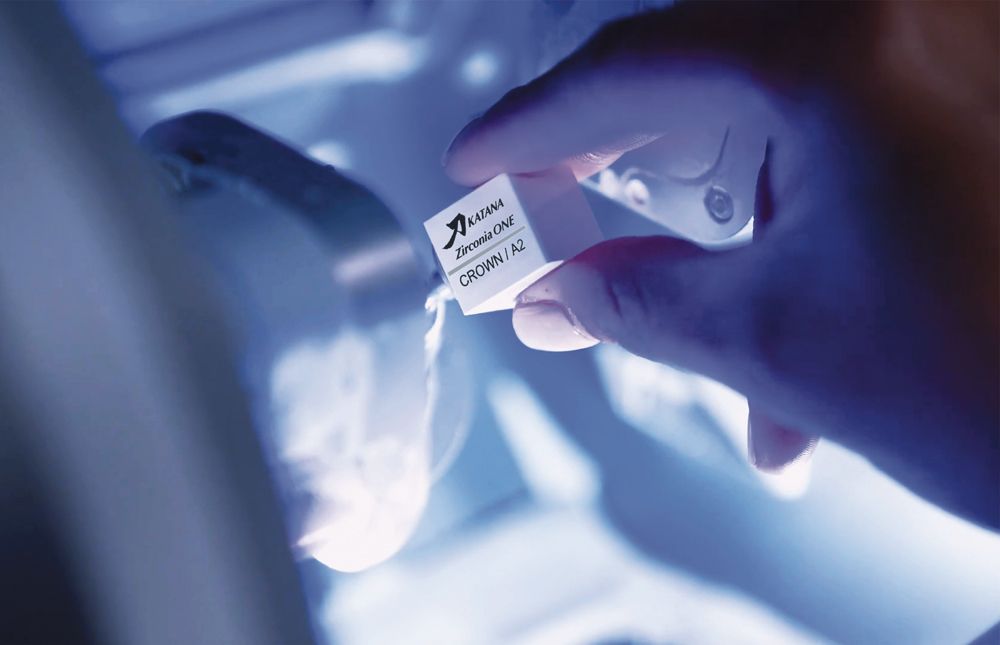
 Download Issue: Dental Products Report January 2023
Download Issue: Dental Products Report January 2023

